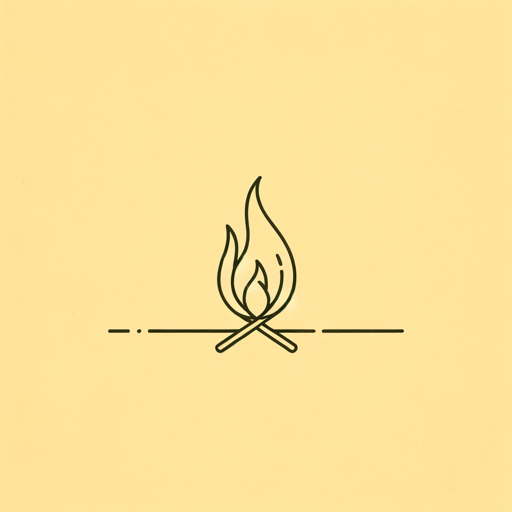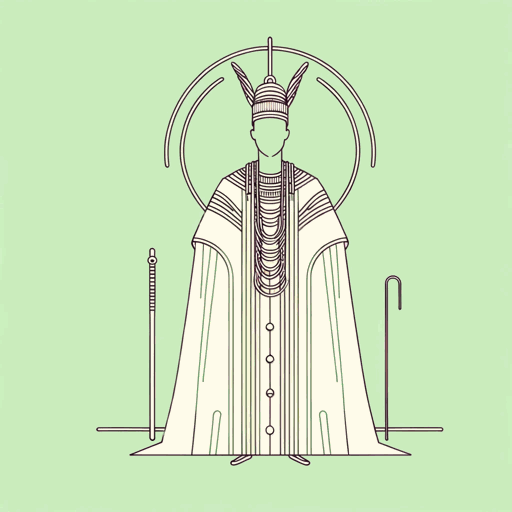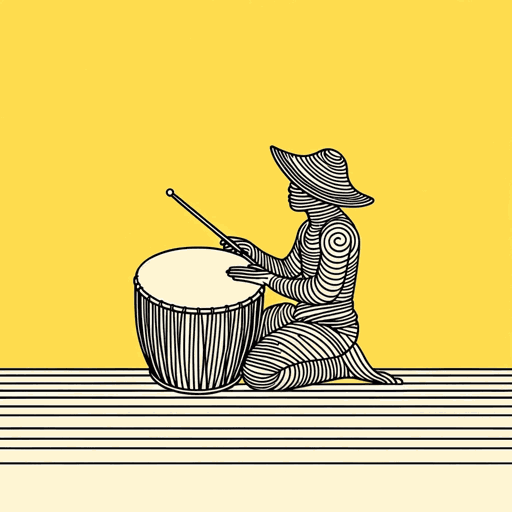32 pages • 1 hour read
Wole SoyinkaA Dance of the Forests
Fiction | Play | Adult | Published in 1963A modern alternative to SparkNotes and CliffsNotes, SuperSummary offers high-quality Study Guides with detailed chapter summaries and analysis of major themes, characters, and more.
Symbols & Motifs
Demoke’s Idol
The village idol, created to symbolize reunion during the Gathering of the Tribes, is central to the conflict between the gods and the mortals, and the living and the dead. Demoke carves the village idol from the living araba tree, the tallest tree in the grove behind the village, and one that is sacred to the god Oro. Demoke’s fear of heights would have spared the top of the tree from being carved, but his apprentice, Oremole, climbed higher than him to carve, prompting Demoke to knock him out of the tree, killing him, out of jealousy. This sets off Oro’s wrath in the form of the cult spirit, Eshuoro, Oro’s wayward flesh. Oremole was a devotee of Oro, compounding Eshuoro’s anger. Demoke’s symbolic act of redemption is his participation in the Dance of the Unwilling Sacrifice, in which Eshuoro and his jester chase Demoke up the idol tree, where he is to fall to his death. Instead, he is saved by Ogun, creating space for divine redemption within the narrative. Positioning the sacred tree and totem at the center of the play’s human and Orisha conflicts, Soyinka honors the importance of carving and sculpture in Yoruba traditions and positions the national culture of Nigeria in jeopardy as the nation re-invents itself after colonization.
Related Titles
By Wole Soyinka





